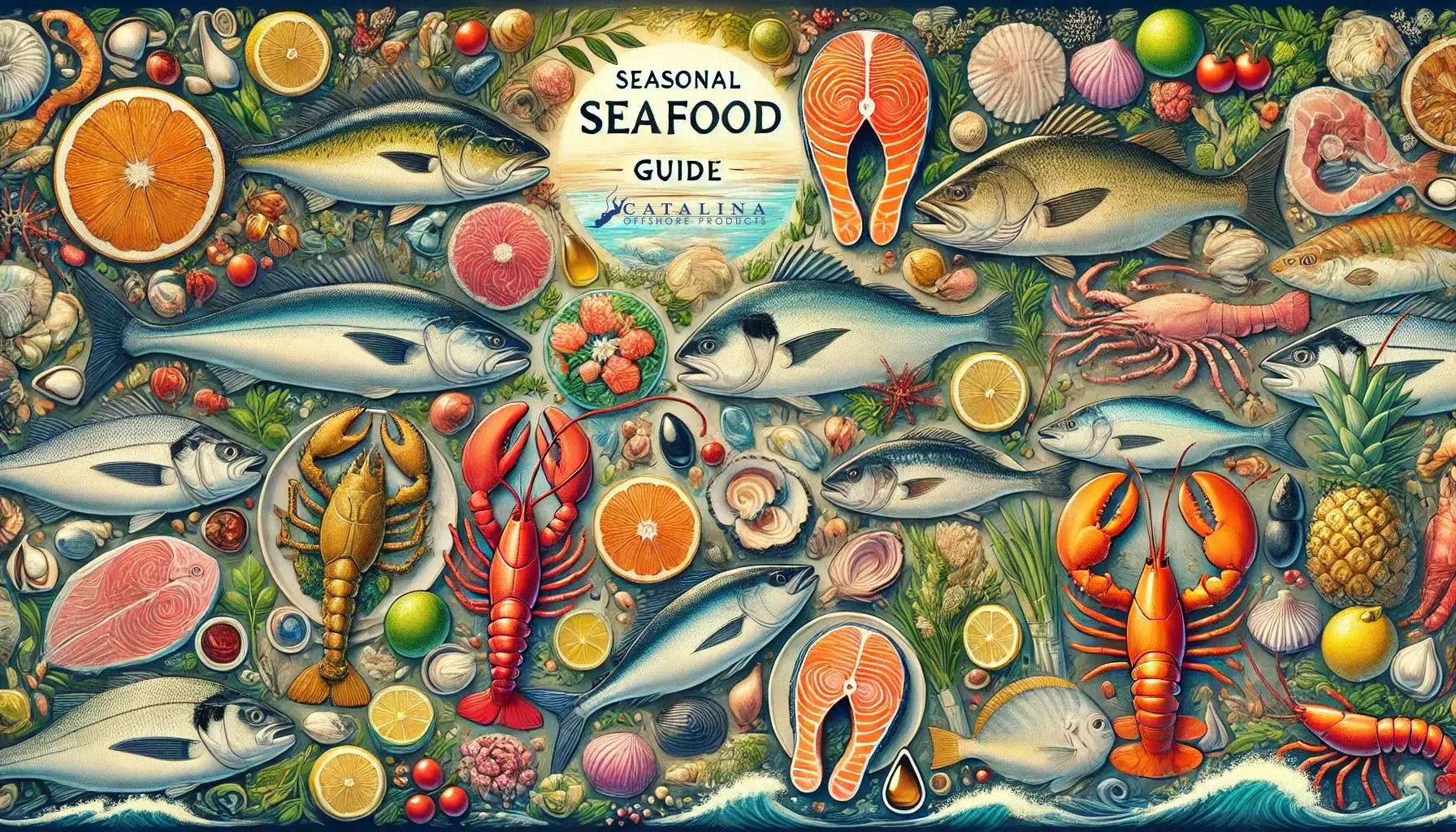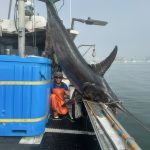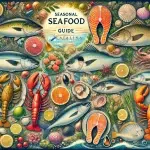
Savor the Sea: How to Make Mussels In White Wine Garlic Delight
Picture this: the sun dips below the horizon, casting a golden glow across the ocean while you sit at a seaside bistro, savoring each exquisite
FREE Overnight Shipping on orders over $300 ($200 in CA. Some suburbs are not included).
By Rebecca Gardon
 Around the globe billions of people rely on fish as a source of protein, unfortunately our blue seas are feeling the impact and a limitless bounty is unsustainable. Over the past 50 years irresponsible fishing practices have pushed many fish stocks to the brink of collapse. The demand is great and while steps are being made to remedy the situation, the key to conserving our resources is to stop “overfishing” and rebuild “overfished” stocks. The first step is to know the difference between the two.
Around the globe billions of people rely on fish as a source of protein, unfortunately our blue seas are feeling the impact and a limitless bounty is unsustainable. Over the past 50 years irresponsible fishing practices have pushed many fish stocks to the brink of collapse. The demand is great and while steps are being made to remedy the situation, the key to conserving our resources is to stop “overfishing” and rebuild “overfished” stocks. The first step is to know the difference between the two.
Overfishing
Overfishing occurs when more fish are caught than the population can replace through natural reproduction – in other words,when the rate of removal from stock is too high. Our local, San Diego white seabass and spiny lobster were overfished in the 1970s and ’80s. Today with responsible fishery management and better regulations, both species are back on dinner tables and their stocks are stable.
In the ’90s we discovered we were overfishing rockfish, so new regulations were put in place to slowdown the fishing. Now the stocks are being rebuilt and only limited fishing is allowed for this slow growing species.
Overfished
When a fish population is too low, or below a prescribed threshold, it’s considered overfished. A population can be overfished but can be managed under a rebuilding plan that, over time, returns the population to optimal levels, for example – if a certain fish population is 35 percent of the estimated original biomass and the threshold where that species is considered overfished is 30 percent. So if and when that same stock were to decrease to 28 percent, the species would be labeled overfished. However, a limited harvest may still be allowed without being subjected to overfishing. Rockfish in California is a good example of historical overfished stocks which take time to rebuild – harvesting is very limited so the population can increase.
Although fishing adds significant pressure, it’s important to note that fish stocks can also become overfished for many other reasons, including natural mortality, disease, and environmental conditions. For instance, in California, the abalone population was devastated by disease in the ’80s. California abalone is now overfished (with no current overfishing), with no harvesting allowed in Southern California and only limited sport harvesting allowed along certain regions of the Northern California coast.
Environmental factors
According to ongoing studies by NOAA Fisheries, environmental changes play a large role in what happens to a fish stock. A fish’s habitat includes physical factors, such as temperature and bottom type, as well as chemical factors, such as oxygen levels and dissolved minerals. Through all stages of a fish’s life cycle, any changes in environmental factors can greatly affect the population of a stock.
NOAA reports, for example, that in the Bering Sea off the coast of Alaska, scientists saw substantial decreases in Tanner crab population starting in 2007. When the number of mature male Tanner crabs fell below a threshold in 2009, it was determined that the species was overfished. With study however scientists discovered that changes in the crab’s habitat were the main factor in the lower stock rather than fishing pressure. Climate impacts such as increased seawater temperature and ocean acidification were the culprits, according to NOAA’s reports.
Similarly, after WWII, California sardine stock suddenly depleted and a popular meal, canned sardines, was subsequently no longer available. At the time it was thought that fishermen had caused the shortage, but since then a multi-year pattern of fluctuating water temperatures has been proven to be the culprit. When waters are warm, sardines thrive, when waters turn cold, sardine stocks go down.
Looking ahead
Ending overfishing is a priority for the U.S. so that all stocks can rebuild and be sustained at optimal levels. Since 1997, NOAA Fisheries annually reports to Congress the number of stocks that are, and are not, subject to overfishing, and those that are, or are not, overfished.
At Catalina Offshore Products, we make every effort to work with fisheries that are committed to safeguarding fish populations and the marine environment. Much of the seafood we source comes from Pacific Rim fisheries, which are among the most-highly regulated on the planet. We also support responsible aquaculture as a sustainable model for the future locally and throughout the world.

Picture this: the sun dips below the horizon, casting a golden glow across the ocean while you sit at a seaside bistro, savoring each exquisite

The Conservation Benefits of Deep-Set Fishing At Catalina Offshore Products, sustainability isn’t just a buzzword—it’s a commitment. As a small family-owned company, we pride ourselves

As we journey through the latter half of the year, each month presents us with an array of fresh seafood delights. From the vibrant flavors of summer to the comforting dishes of winter, choosing and preparing the perfect fish or shellfish can truly elevate your meals. Here’s your comprehensive guide to selecting and cooking the best seasonal seafood from August to December.

Savor the Sea: How to Make Mussels In White Wine Garlic Delight
Picture this: the sun dips below the horizon, casting a

The Conservation Benefits of Deep-Set Fishing: A Sustainable Seafood Solution
The Conservation Benefits of Deep-Set Fishing At Catalina Offshore Products,

Your Ultimate Seasonal Fish Guide: Savor the Freshest Catches from August to December 2024
As we journey through the latter half of the year, each month presents us with an array of fresh seafood delights. From the vibrant flavors of summer to the comforting dishes of winter, choosing and preparing the perfect fish or shellfish can truly elevate your meals. Here’s your comprehensive guide to selecting and cooking the best seasonal seafood from August to December.